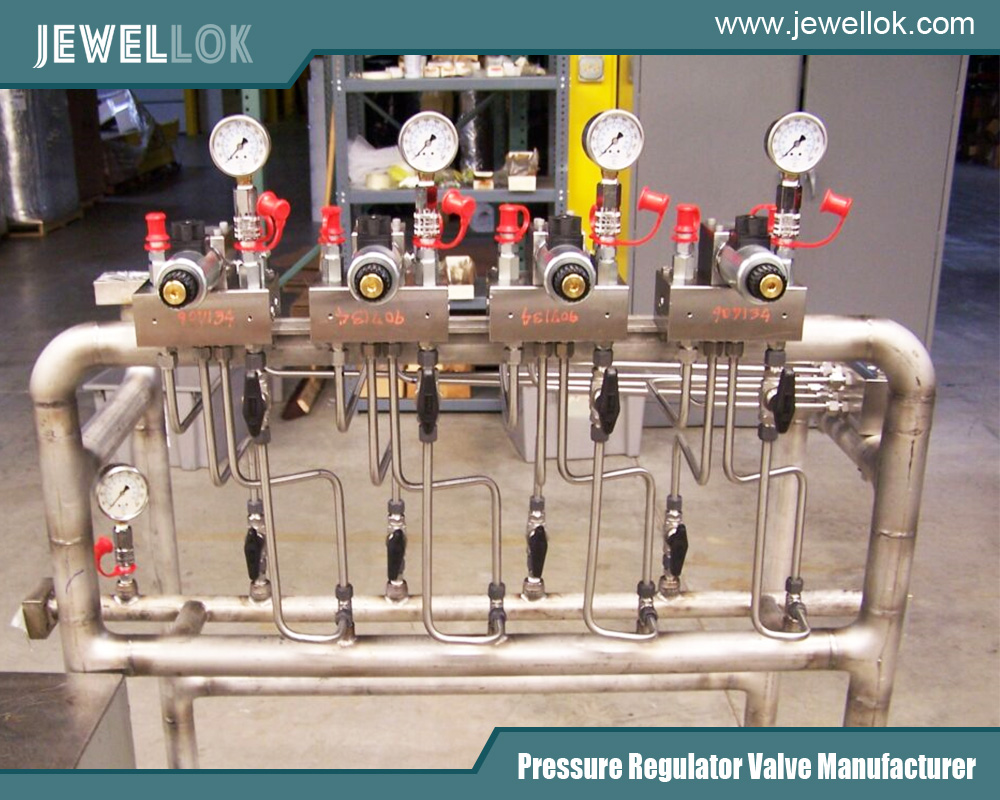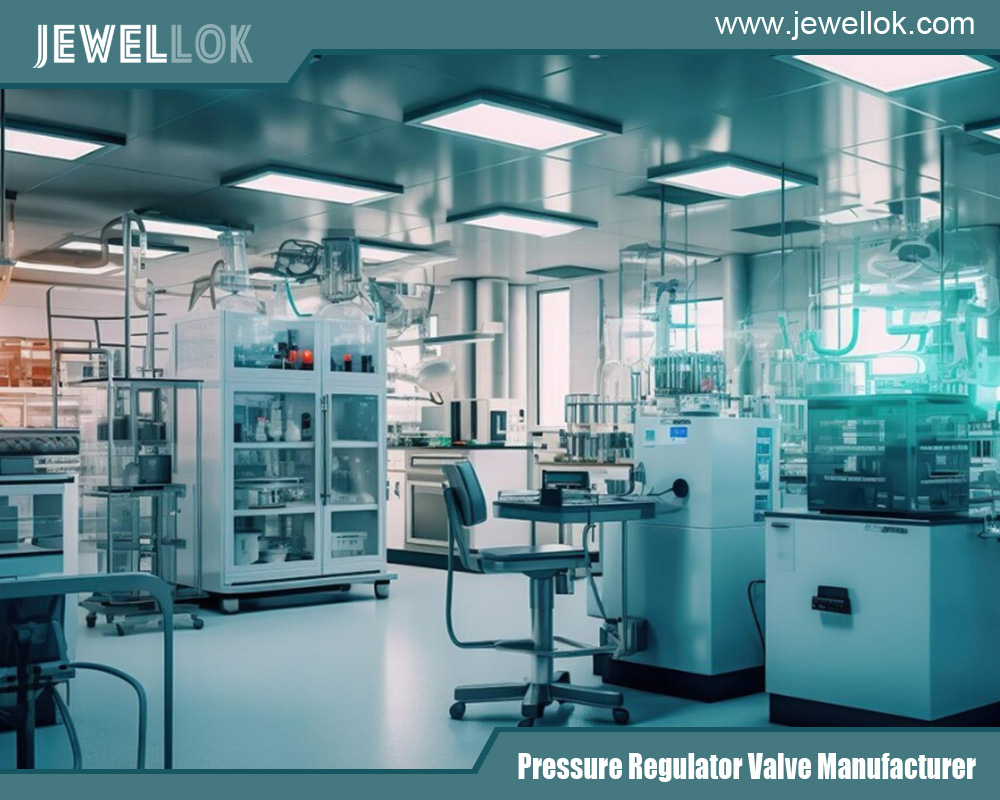Blog
Jewellok is a professional pressure regulator and valve manufacturer and supplier.

The Lifespan of Pressure Relief Valves: A Detailed Replacement Guide
- Pressure Regulator Valve Manufacturer
- 6mm compression fitting, 8mm compression fitting, fluid systems components, gas pipeline valve, gas pipeline valves, gases used in semiconductor manufacturing, high purity valves, how often should pressure relief valves be replaced, how solenoid valve works, irrigation timer valve, laboratory gas valves, pressure regulator, pressure regulator valve leaking, pressure relief valves, pressure relief valves factory, pressure relief valves hotsale, pressure relief valves manufacturer, pressure relief valves OEM, pressure relief valves supplier, pressure relief valves wholesale, regulator valve alibaba international market, relief valve safety valve difference, single stage pressure regulator, timed water valve, valve timer water
- No Comments
The Lifespan of Pressure Relief Valves: A Detailed Replacement Guide
Pressure relief valves (PRVs) are crucial components in a wide range of systems, including boilers, pressure vessels, and pipelines. They ensure safety by regulating pressure levels. When pressure within a system exceeds a predetermined limit, the valve opens to release excess pressure, preventing dangerous conditions such as explosions or equipment failure. However, like all mechanical parts, pressure relief valves degrade over time and must be replaced to maintain the safety and functionality of the system.
This article will explore how often pressure relief valves should be replaced, the factors influencing their lifespan, and best maintenance practices to ensure continued safety and performance.
What Is a Pressure Relief Valve?
A pressure relief valve is a safety mechanism designed to protect equipment from overpressure conditions. It automatically opens when the internal pressure reaches a preset level and closes when the pressure returns to a safe range, helping to avoid damage to the equipment or danger to personnel.
Pressure relief valves are commonly found in:
- Boilers: To prevent excessive steam or water pressure.
- Pressure vessels: To safeguard against potential rupture.
- Piping systems: To prevent hazardous overpressure situations.
Given their critical role, ensuring that these valves function correctly is essential for industrial systems’ overall safety and efficiency.
The Factors That Affect Pressure Relief Valve Lifespan
Understanding how often pressure relief valves should be replaced depends on several factors. Each of these can influence the valve’s performance and longevity:
Frequency of Use
- The more frequently a pressure relief valve opens and closes, the more wear it experiences. If the valve operates regularly to release pressure, it may need replacement sooner than a valve that remains inactive for long periods. For instance, systems that experience frequent pressure fluctuations, such as those in high-demand industries, may require more frequent inspections and replacements.
Operating Pressure
- Valves that operate near or at their set pressure limit are under more strain. Continuous exposure to high pressure can lead to premature wear, corrosion, and other issues. Monitoring the operating pressure levels and replacing the valve if it consistently operates at or near the maximum threshold is essential.
Environmental Conditions
- Environmental factors such as temperature extremes, humidity, and exposure to corrosive substances can contribute to the deterioration of pressure relief valves. In harsh environments, such as those with high temperatures or chemical exposure, the valve’s material integrity may weaken, leading to a need for more frequent replacement.
Valve Material and Construction
- The material used in the valve’s construction is vital to its longevity. Valves from durable materials like stainless steel tend to last longer than those made from less resilient materials. However, all materials eventually succumb to wear, especially under constant pressure.
Quality of Maintenance
- Proper maintenance is essential for prolonging the life of pressure relief valves. Routine checks, cleaning, lubrication, and testing can help identify issues before they lead to valve failure. Neglecting these maintenance activities may result in valves needing to be replaced sooner.
Industry Guidelines for Replacing Pressure Relief Valves
While the specific replacement interval for pressure relief valves can vary depending on the factors above, industry guidelines can provide general recommendations for their replacement:
Manufacturer’s Recommendations
Always refer to the manufacturer’s guidelines for the specific pressure relief valve. Manufacturers often provide valid service life estimates based on testing, material considerations, and typical operating conditions. If a valve has been installed for longer than the recommended period, it may be time to consider a replacement.
Regulatory Requirements
Some industries are subject to stringent safety standards and regulations that mandate inspecting and replacing pressure relief valves after a certain number of years. Regulatory bodies may require valves to be replaced, inspected, and tested at specific intervals to ensure safety compliance. For example, certain types of pressure vessels may have set inspection cycles, such as every five years.
Periodic Testing and Inspection
Periodic testing is a standard method for assessing whether a pressure relief valve functions correctly. It includes testing the valve to ensure it opens at the correct pressure, seals effectively when closed and does not leak. If any irregularities are found, they may indicate that the valve should be replaced or repaired.
Signs That a Pressure Relief Valve Needs Replacement
While regular maintenance and inspections help detect issues early, sure signs may indicate that a pressure relief valve should be replaced sooner rather than later:
Frequent Leakage
- A valve that frequently leaks or fails to seal completely is often a clear indicator of internal damage or wear. It could be caused by debris, corrosion, or seal failure. Leakage not only compromises the system’s safety but also reduces the valve’s efficiency.
Inconsistent Operation
- If the valve does not open at the correct pressure or fails to close after releasing pressure, this could indicate malfunctioning components inside the valve. This inconsistent operation can be a safety hazard, and if repairs are not possible, it may be time to replace the valve.
Physical Damage
- Visual inspection of a pressure relief valve can help identify cracks, corrosion, or physical damage. If external damage is noticed, such as worn threads, rusting, or visible cracks, replacement may be necessary.
Failure to Test
- A valve that fails to pass testing protocols, such as pressure or functional tests, may need replacing. A functional valve should open and close smoothly under test conditions. If testing reveals failure to perform as expected, it’s a sign that the valve has reached the end of its useful life.
How Often Should Pressure Relief Valves Be Replaced?
In general, the typical lifespan of a pressure relief valve is 5 to 15 years. However, this range can be influenced by the factors discussed earlier. Let’s break this down:
- In Ideal Conditions: In Ideal Conditions, a valve operating in an environment with stable pressure, minimal corrosion, and proper maintenance could last 15 years or more before needing replacement.
- High-Stress Environments:In environments where the valve is frequently used, exposed to extreme conditions, or operates near its set pressure, replacement might be necessary every 5 to 7 years.
- Boiler and Vessel Systems:These systems, especially in heavy-use industries, may require more frequent inspection and replacement, generally around 5 to 10 years, depending on the frequency of valve operation and the pressure levels.
It’s also essential to perform regular inspections every 1 to 3 years, depending on the operating environment, and replace the valve at the first signs of wear or malfunction.
Best Practices for Extending the Life of Pressure Relief Valves
Replacing pressure relief valves can be costly, but there are strategies to extend their lifespan and reduce the frequency of replacement:
Routine Maintenance
- Regular cleaning, lubrication, and testing help prevent debris buildup and ensure the valve is functioning as intended. Follow the manufacturer’s maintenance guidelines and perform periodic inspections to spot early signs of wear.
Use the Right Valve for the Right Application
- Ensure the pressure relief valve is adequately rated for the specific system and operating conditions. An incorrectly sized or rated valve can lead to premature wear or failure.
Monitor Pressure Levels
- Monitoring system pressure can help identify when pressures exceed safe limits, allowing for early intervention. Keeping pressure within the recommended range reduces unnecessary stress on the valve.
Minimize Corrosive Exposure
- Consider using valves made from more resistant materials or protective coatings to reduce wear in corrosive environments. Regular inspection for signs of corrosion can help mitigate the need for frequent replacements.
Conclusion
Pressure relief valves are essential for ensuring the safety and functionality of pressure-based systems. How often pressure relief valves should be replaced depends on several factors, including valve use, operating conditions, and maintenance practices. Generally, a valve should be replaced every 5 to 15 years, but it’s essential to monitor it regularly for signs of wear and tear.
By following industry guidelines, performing regular testing and inspections, and maintaining the valve properly, you can ensure that your pressure relief valves continue to function effectively and protect your equipment from dangerous, overpressure situations. Whether you’re operating in a low- or high-pressure environment, taking proactive measures will help extend the life of your pressure relief valve and ensure the ongoing safety of your system.
For more about the lifespan of pressure relief valves: a detailed replacement guide, you can pay a visit to Jewellok at https://www.jewellok.com/ for more info.
Recent Posts
Tags
Recommended Products
-
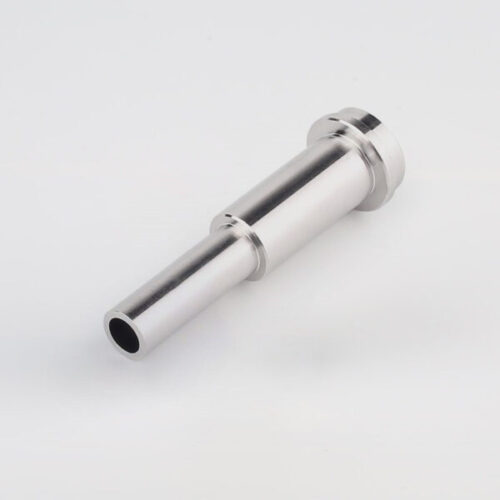
Long Gland LG Series For Ultra High Purity Gas And Chemical Delivery Systems
-
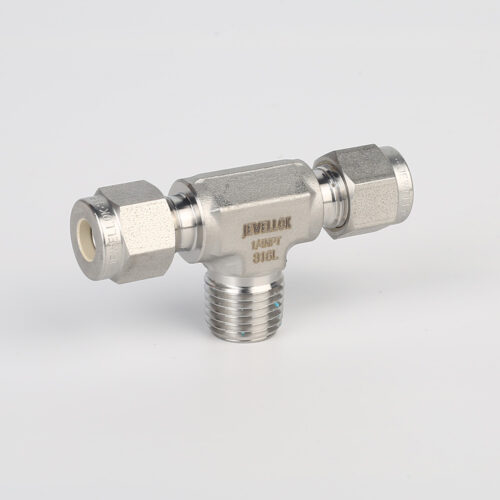
772L Male Branch Tee | Stainless Steel High-Purity Tube Fitting Male Branch Tee
-
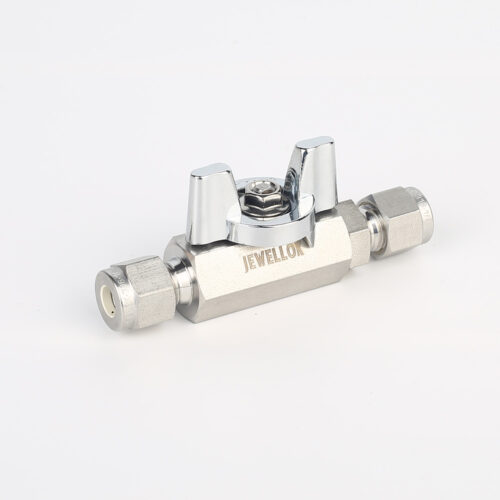
Stainless Steel High-Purity High Temperature Metal Seated Ball Valves JBV3 Series
-
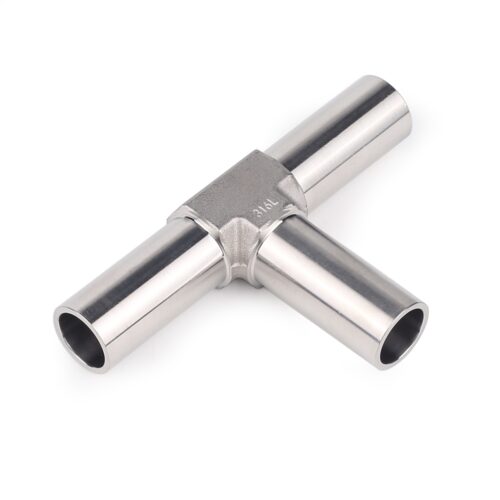
Stainless Steel Ultra Clean Welding Joint Fittings TW Series TRW Series & CW Series
-
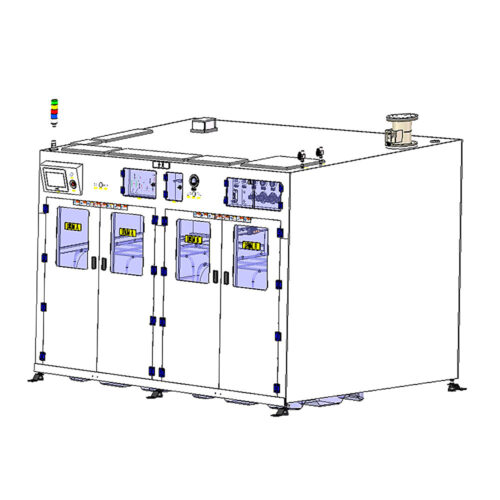
High Purity Chemical Dispense System & Packing System For Semiconductors JW-200L-CDM & JW-1000L-CDM
-
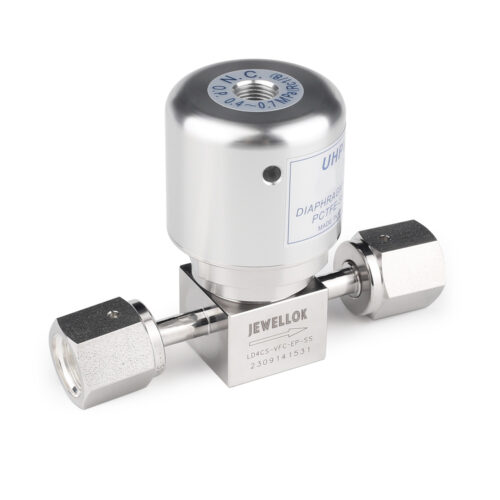
Stainless Steel Low Pressure Seal Pneumatic Diaphragm Control Valve For For HP & UHP Gases
-
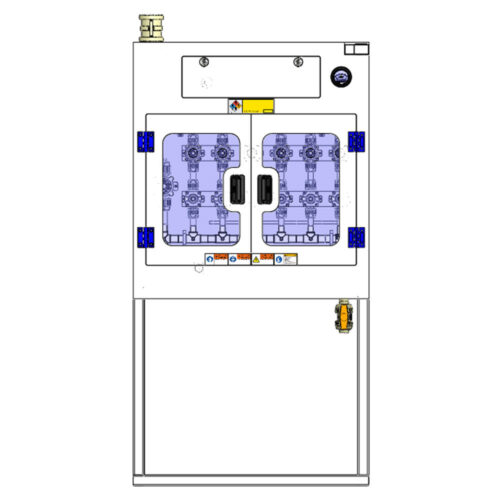
High Purity Configurable Systems VMB Valve Manifold Box JW-200-VMB-C & JW-100-VMB-C
-
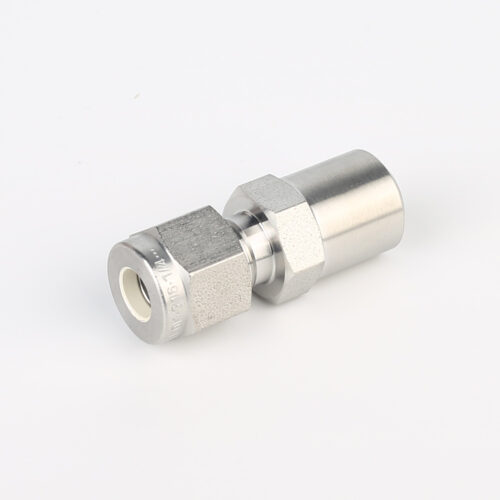
768LN Stainless Steel Male Pipe Tube Butt Weld Connector And Tube Fittings Supplier
